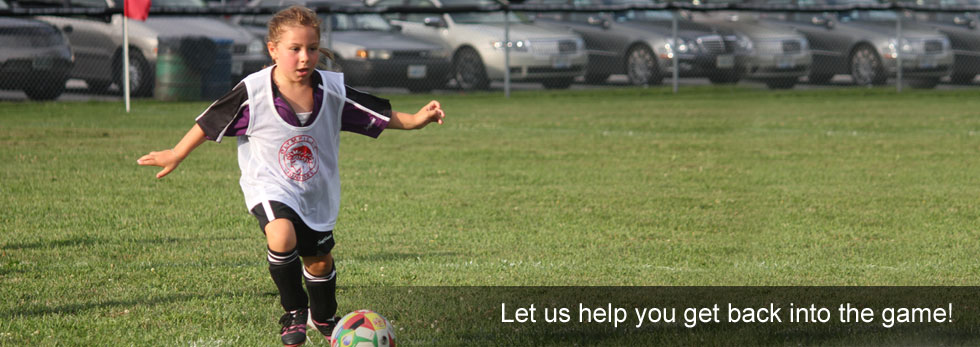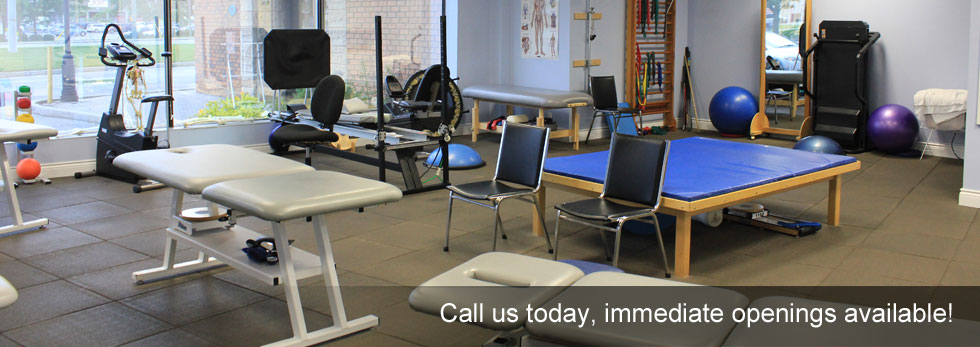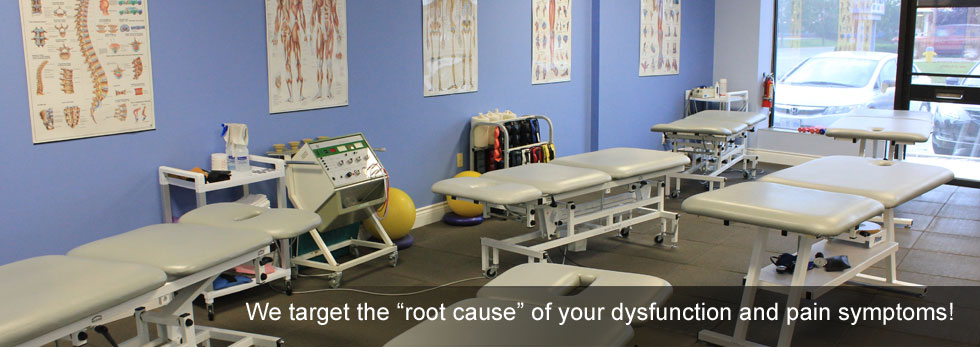Thank you for being so professional and genuinely caring!
– J S
I appreciate the thoroughness of this clinic. When I come here I feel my concerns are being heard and treated accordingly..
– B M
Attentive, right on top of everything!.
– S M
I will not hesitate to return or refer friends and family..
– D P
Thanks SO much for all of your help and dedication! Your commitment is so appreciated.
– C L
Thanks a million for helping me. I am gracious for your compassion and extraordinary professionalism.
– M T
My recovery and my confidence in my knee is all thanks to you. I couldn’t have done it without Sport And Spine.
– B S
The team works like a well oiled machine, from start to finish. I’m truly grateful!
– J B

















